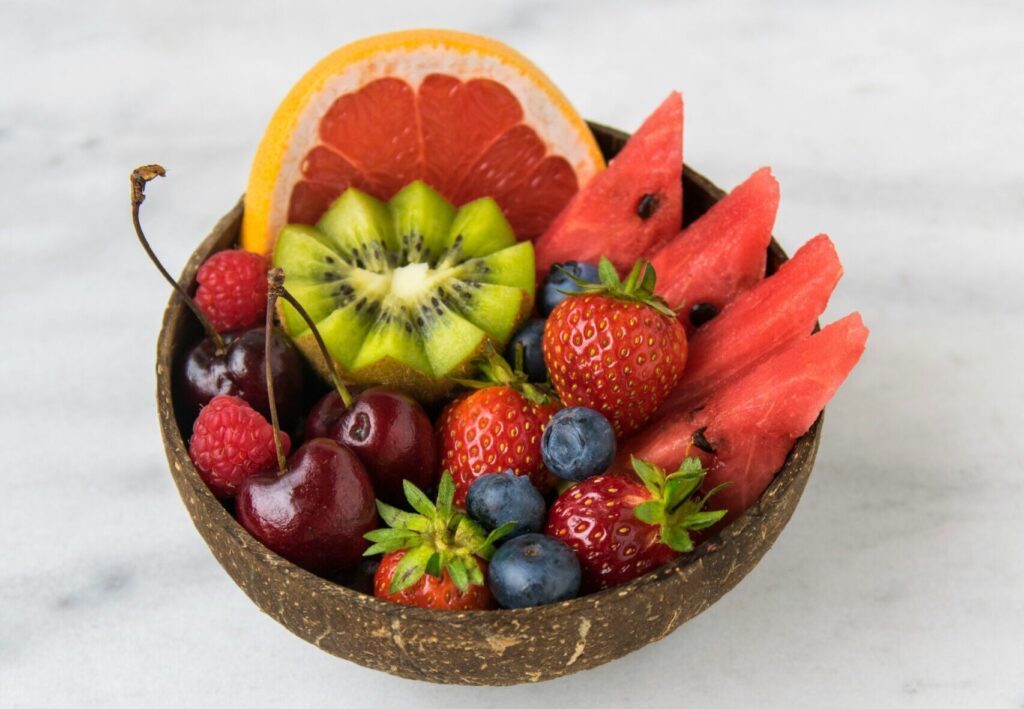In recent years, the shift towards plant-based diets has gained significant momentum, driven by health, environmental, and ethical considerations. One of the primary concerns for those adopting or considering a plant-based diet is obtaining sufficient protein. Contrary to common misconceptions, a variety of plant-based foods can meet and exceed protein needs. This article explores the diverse world of plant-based proteins, offering guidance on how to incorporate them into your diet effectively.
Understanding Plant-Based Proteins:
Plant-based proteins come from a variety of sources, including legumes, grains, nuts, seeds, and vegetables. Unlike animal proteins, plant-based proteins often contain fibre and a wide range of vitamins and minerals, offering a multifaceted approach to nutrition.
1. Legumes:
Legumes such as lentils, chickpeas, black beans, and peas are powerhouse sources of protein. They’re versatile, affordable, and also rich in fibre, iron, and folate. For example, a cup of cooked lentils provides about 18 grams of protein.
2. Grains:
Certain grains like quinoa, buckwheat, and amaranth are considered complete proteins, meaning they contain all nine essential amino acids. Quinoa, for instance, offers about 8 grams of protein per cup.
3. Nuts and Seeds:
Almonds, peanuts, chia seeds, hemp seeds, and flaxseeds are excellent sources of protein and healthy fats. They’re great for snacking, adding to salads, or blending into smoothies. Two tablespoons of chia seeds contain about 5 grams of protein.
4. Soy Products:
Soybeans and soy products such as tofu, tempeh, and edamame are among the richest plant-based protein sources. Tofu, for example, can provide about 20 grams of protein per cup, making it a versatile ingredient in various dishes.
5. Seitan:
Made from gluten, the main protein in wheat, seitan is a popular meat substitute known for its meaty texture. It’s rich in protein, with about 25 grams per 3.5 ounces (100 grams), but it’s not suitable for those with gluten sensitivities or celiac disease.
6. Vegetables:
While vegetables are not as high in protein as legumes or nuts, certain varieties like broccoli, spinach, and Brussels sprouts can contribute to your daily protein intake.
Incorporating Plant-Based Proteins into Your Diet:
- Diversify Your Sources: To ensure you’re getting all essential amino acids, include a variety of protein sources in your meals throughout the day.
- Plan Your Meals: Think about your protein sources when planning meals, ensuring each meal includes at least one high-protein plant-based ingredient.
- Experiment with Recipes: Explore different cuisines and recipes that naturally emphasize plant-based proteins, such as Indian lentil dishes, Mediterranean chickpea salads, or Asian tofu stir-fries.
Benefits Beyond Protein:
Adopting a diet rich in plant-based proteins can also lead to lower risks of heart disease, hypertension, diabetes, and certain types of cancer. Additionally, it promotes a more sustainable and environmentally friendly way of eating.
The world of plant-based proteins offers a rich variety of nutritious and delicious options for those looking to maintain or transition to a plant-based diet. By understanding the sources and learning how to incorporate them into your meals, you can enjoy a balanced diet that supports your health and fitness goals while also contributing to environmental sustainability.
Explore the diversity of plant-based proteins and embrace the health and environmental benefits they offer. Share your favourite plant-based protein recipes and tips in the comments below, and join our community for more insights into healthy, sustainable eating.



